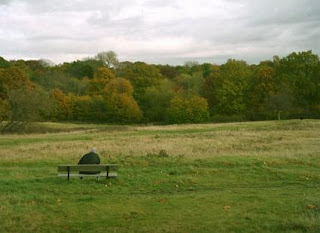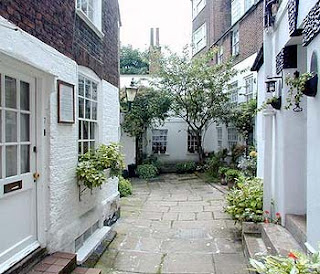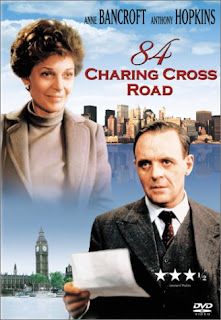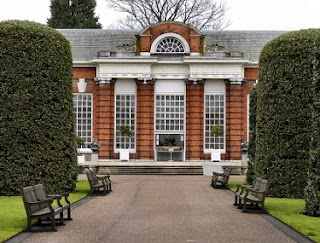Kensington Palace has been home to the royal court, on and off, since William and Mary took up residence at Kensington House, as it was then known, shortly before Christmas 1689. The accession of George I was celebrated at Kensington with a bonfire in the gardens, where the household servants and courtiers toasted their new king with six barrels of strong beer and over three hundred bottles of claret. It was George I who set about making extensive renovations to the property, though he didn’t spend much time at the Palace. George II, on the other hand, loved the Palace, but didn’t entertain lavishly. After his sudden death at Kensington on 25 October 1760, the Palace would never again serve as the seat of a reigning monarch.
Now the story heats up – George III’s fourth son, Edward, Duke of Kent, was given two floors of rooms in the south-east corner of the Palace in 1798, below the State Apartments. The Duke undertook extensive renovations of the main rooms of the Palace with Wyatt as his architect before hastily moving to Brussels to escape his debts. In 1817, Princess Charlotte, who was the only legitimate heir to the throne, died in childbirth. The Duke of Kent (and all of the other unmarried royals) realized that it would behoove him to find himself a bride and set about the business of begetting a legitimate heir. In 1818 the Duke married Victoire, Dowager Princess of Leiningen, the sister of Prince Leopold of Saxe-Coburg – the late Princess Charlotte’s husband. Kent was cleverer than most of his brothers when he chose a wife. Victoire of Leiningen was a widow and already had proved her fertility by having had two healthy children.
Victoire, Duchess of Kent
The Duke of Kent and his bride moved into Kensington Palace and Princess Victoria was born there on 24 May 1819 and christened the following month in a private ceremony in the Cupola Room. Unfortunately, the Duke lived only nine months after the birth of his daughter but the Duchess of Kent and her daughter continued to live at Kensington until the accession of Queen Victoria in 1837. On 20 June 1837, very early in the morning, Princess Victoria was awakened and told that her uncle William IV had died and that she was queen. Throughout the 19th century, the Palace was slightly neglected, its rooms doled out as grace and favour homes for minor royals or loyal retainers. A bit of glamour was restored to the Palace when Princess Margaret took up residence there, and of course the Palace will forever more be linked to its most glamorous resident, Diana, Princess of Wales.

An installation called “Enchanted Palace” is on now and running through January 2011. It’s a combination of fashion, performance, storytelling and film that runs throughout the palace and tells the story of its former residents. Installations in the state apartments are by designers including Vivienne Westwood, William Tempest and Stephen Jones and illustrator/set designer Echo Morgan who, working alongside Wildworks Theatre Company, take inspiration from the palace and the royals who have lived there. Contemporary designs are displayed alongside historic items from the collection, including dresses worn by Princess Diana. Each room tells a story about a former resident. A somewhat maudalin tone is set by the Room of Royal Sorrows, focused on the emotional torment of Queen Mary II as she tried in vain a produce an heir. It is set in her bedchamber, giving the display an unsettling authenticity. The focus of the room is a ‘dress of tears’ created by Aminaka Wilmont, while on the bed is a figure of the queen, dressed in blue, face hidden. “The first time you walk into the room, it has an aura of sadness, but also incredible beauty,” said designer Marcus Wilmont, part of the team that decorated the room and came up with the outfit worn by the mannequin representing Queen Mary. “She tried really hard, but she had many miscarriages. She was a very loved queen, and we wanted to try to capture her spirit.” There are dozens of antique glass bottles known as “tear catchers” in the room, once used during times of mourning. It was thought that bottling the tears would catch and contain sorrow. Visitors are encouraged to leave a handwritten note about the last time they cried.
Wildworks’ interactive ‘wishing throne’ is the centrepiece of the King’s Presence Chamber, while the theme of dance is reflected in the Council Chamber, where dresses belonging to Princess Margaret and Princess Diana are displayed within a silver birch forest installation. The Independent calls the installation “so
peculiar it is as if you’ve stepped into Tim Burton’s ‘Alice in Wonderland.” Read the entire article here.
One can only wonder what Queen Victoria would have thought of these avant garde goings on in her childhood home. . . . . Would she be amused?
After touring the interior of the Palace and the gardens, Victoria and I will be taking tea in the Orangery. In addition to the Royal Champagne Tea, the Orangery is featuring an Enchanted Palace Tea featuring chocolate ganache and raspberry shortbread. To see all of the Orangery’s menues, click here.
Kristine


















